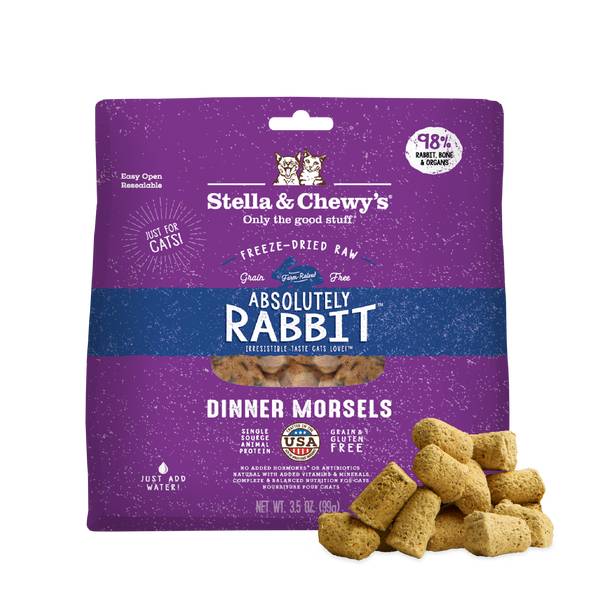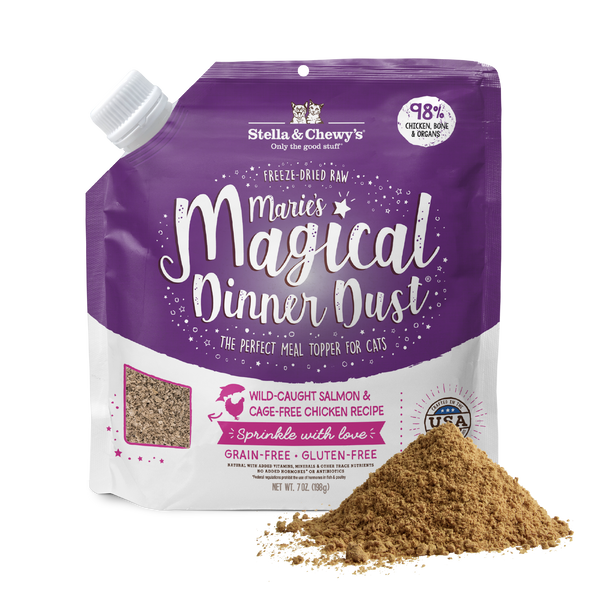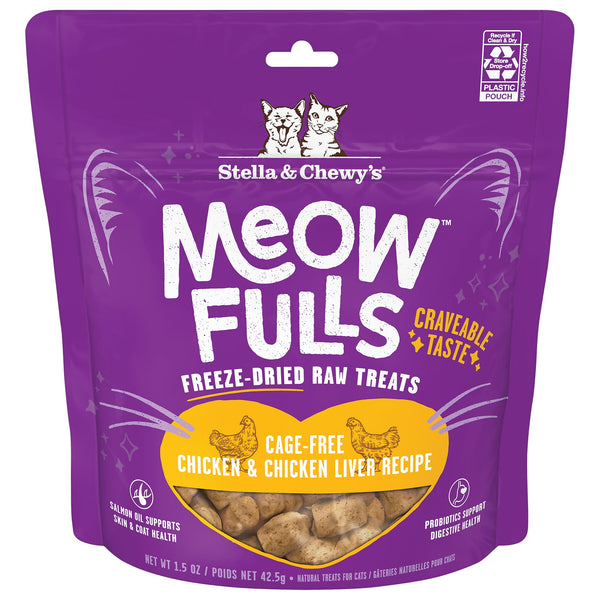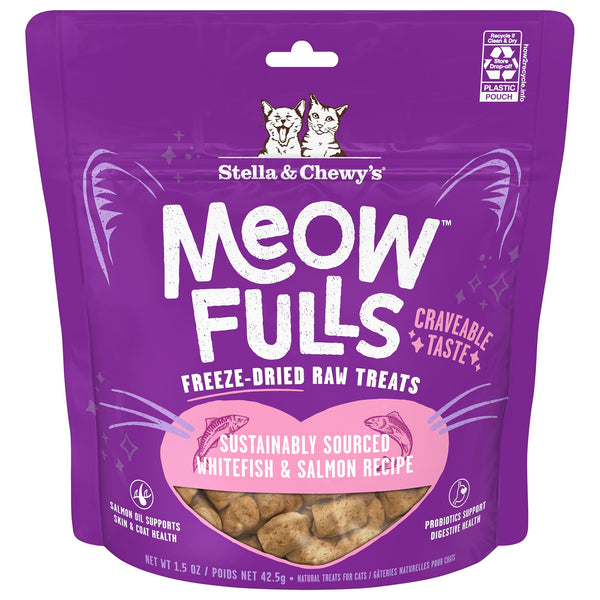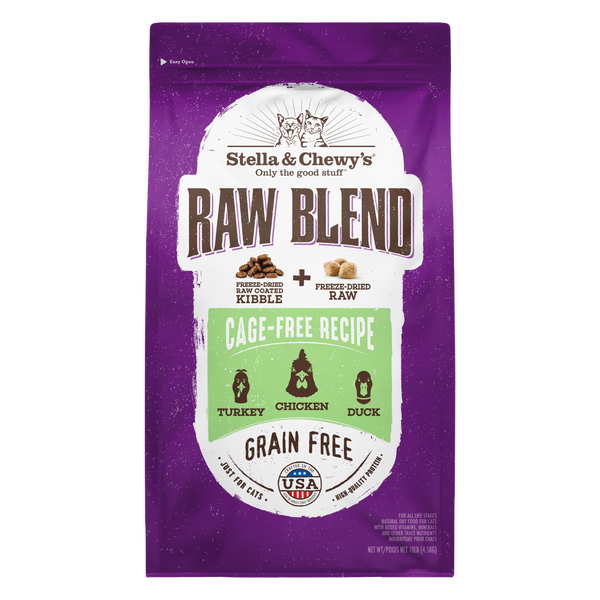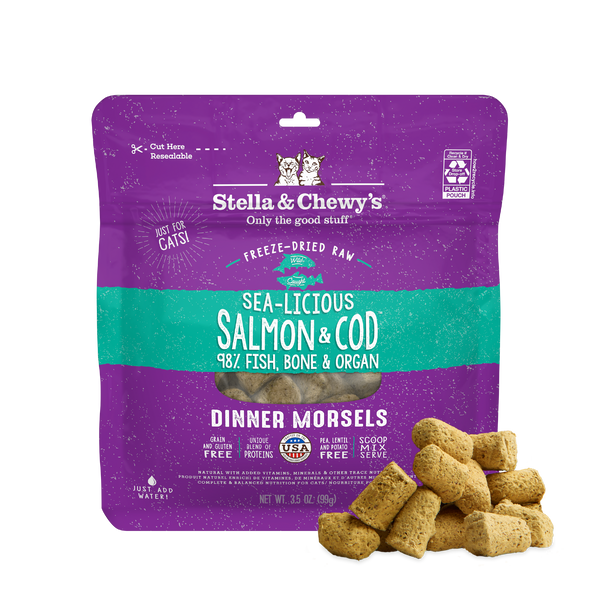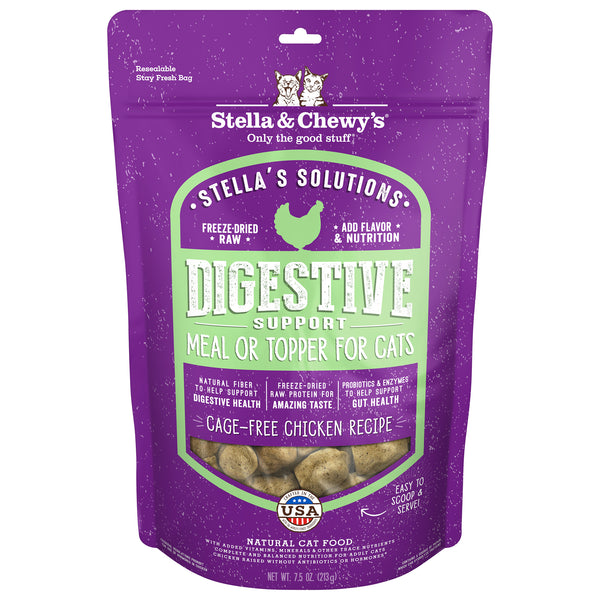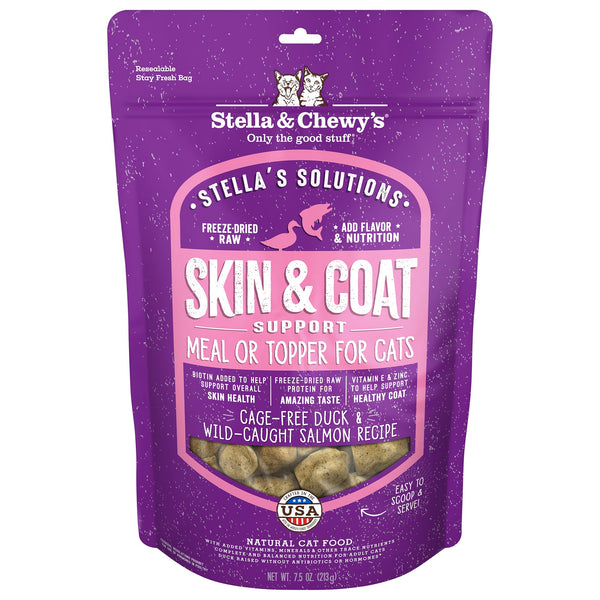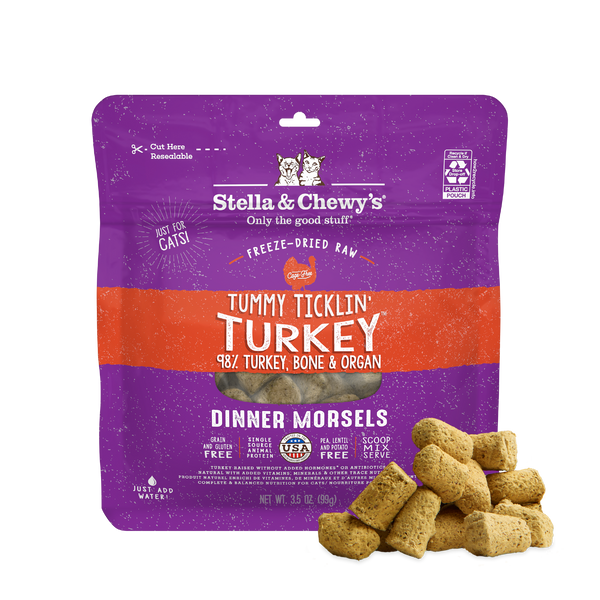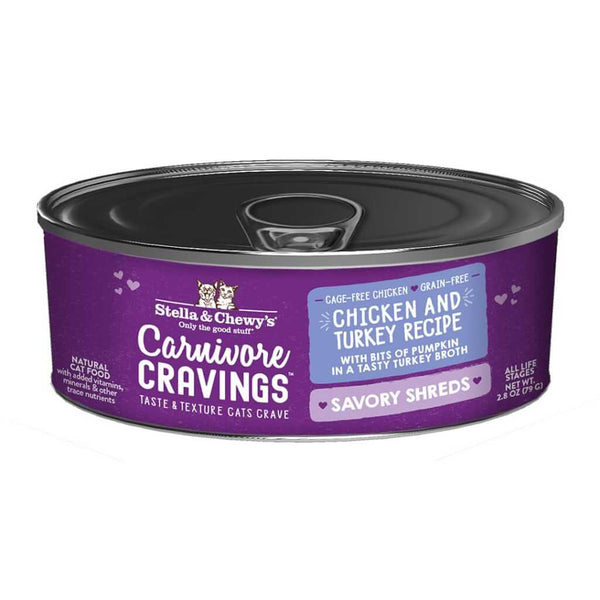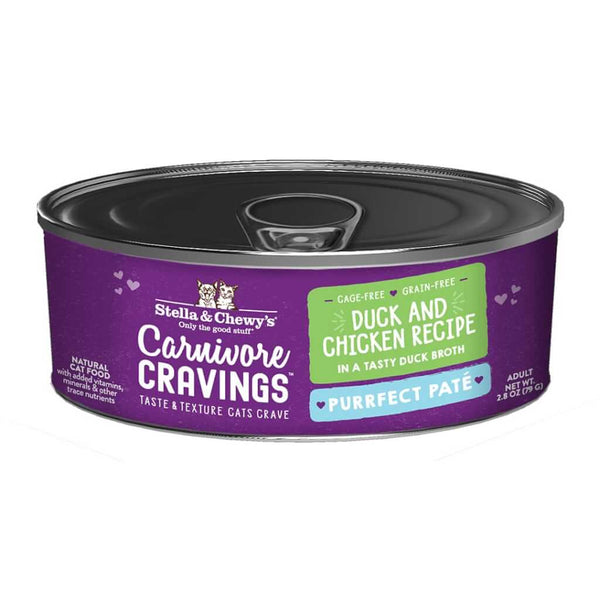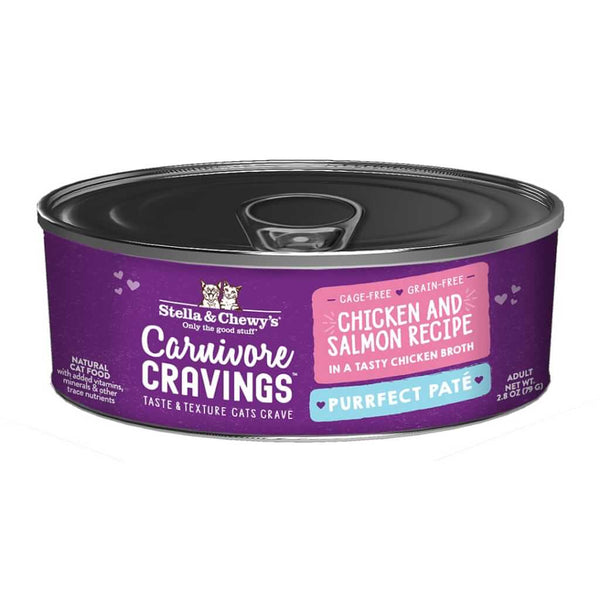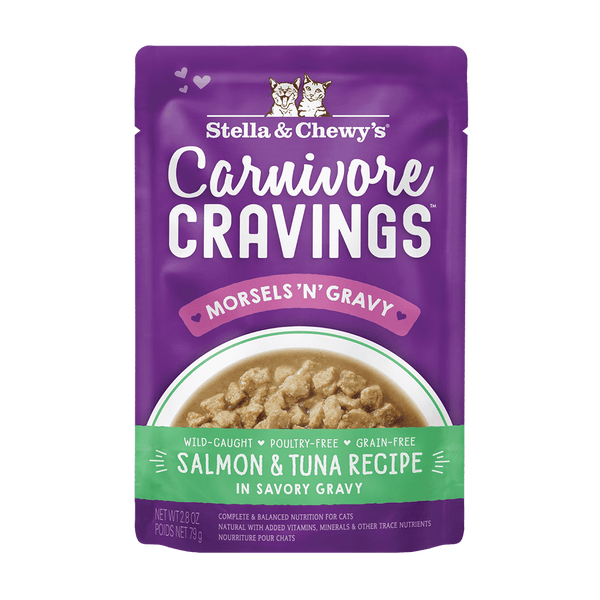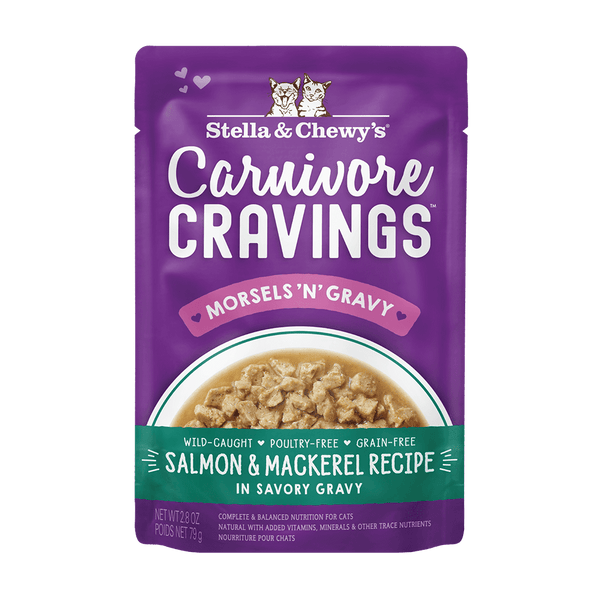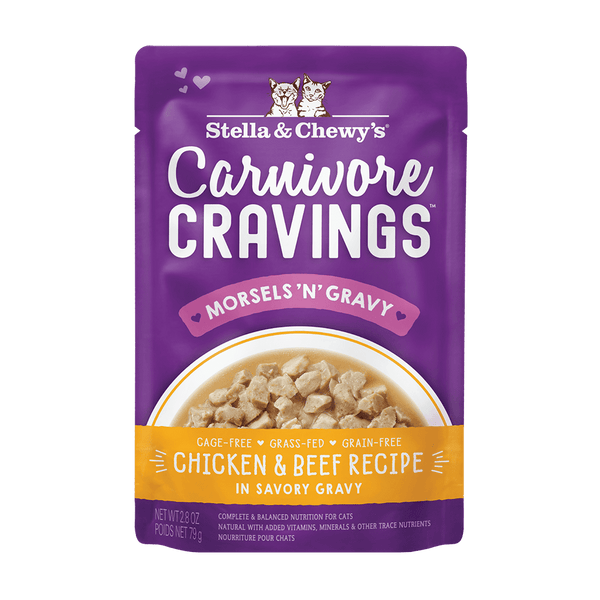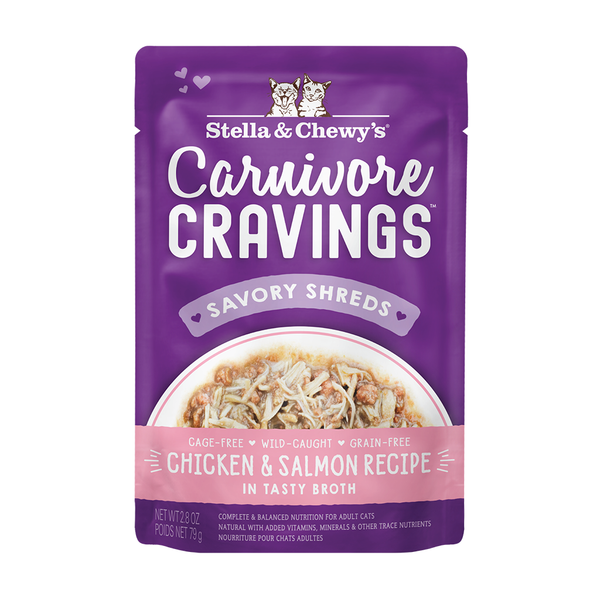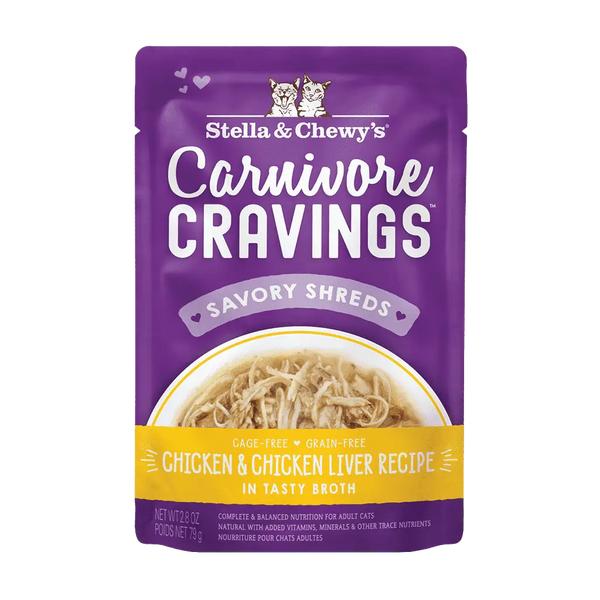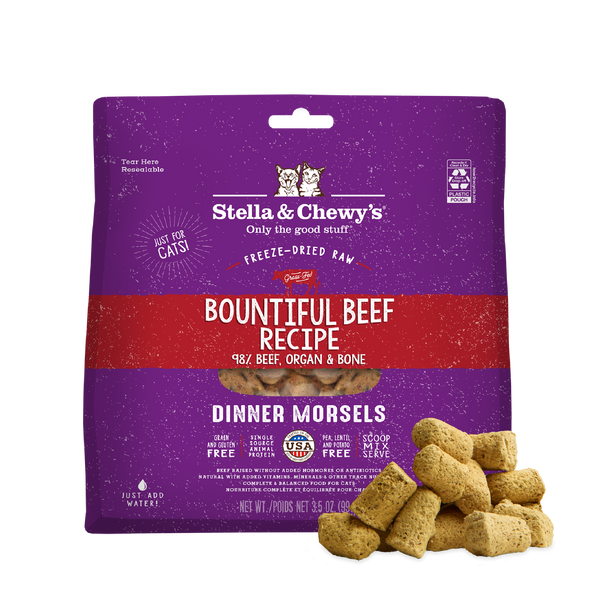Understanding how much to feed your cat is as important as picking the right type of food. To help your cat thrive, you want to find the “Goldilocks” amount of food: enough so they get all the nutrients they need while avoiding unhealthy weight gain. While your veterinarian should have the final say in how much to feed your cat, these guidelines give a helpful overview of how much you should feed your cat based on their age, weight and other factors.
Determining How Much to Feed Adult Cats
The right amount to feed an adult cat can vary based on their:
- Age
- Size/Breed
- Activity level
- Overall health
- Type of food
- Whether your cat has been spayed/neutered
The type of food affects how much you should feed your cat because dry cat food is more calorie dense than wet cat food (which has more moisture).
When a cat is spayed or neutered it changes their hormone levels, which often increases appetite while decreasing metabolism. Weight gain after a spay or neuter surgery is very common, but small adjustments can help. Monitor your cat’s weight after the procedure, and if necessary gradually decrease how much you feed them (around 10-15%) over the next few weeks. Your vet can also help you determine an appropriate feeding plan following sterilization.
How Much Raw, Dry or Wet Cat Food to Feed
No matter what type of food you feed your cat, how much to feed is based on your cat’s daily caloric needs. Determine how many calories per day your cat needs by using the feeding guidelines on the back of the bag and consult with a veterinarian to determine the correct amount for your cat.
Shortcut: Use Our Recommended Feeding Guidelines for Cats
Each Stella & Chewy’s cat food package AND product page on our website includes a table with recommended daily portion sizes based on body weight.
Remember, dry cat food is more calorie dense than wet cat food (which has more moisture)—this is why the recommended portions of wet food may seem larger if you’re comparing a serving of dry food and wet food side by side.
Dry Cat Food Feeding Guidelines
In general, an adult cat of average size (8-12 pounds) needs ½ cup to ⅔ cup of dry food per day (based on a standard 8 oz. measuring cup). At Stella & Chewy's, we offer two kinds of kibble for cats that feature America's #1 Freeze-Dried Raw Pet Food, making them more nutrient-dense than traditional kibble. They also have slightly different feeding guidelines, because our Raw Blend kibble contains added freeze-dried raw pieces to entice picky eaters with even more meaty flavor and aroma. Find the right dry food for your cat by exploring our website.
Wet Cat Food Feeding Guidelines
In general, an adult cat of average size needs between 7-11 oz of wet food per day when feeding as a complete and balanced meal, depending on whether the wet food is pâté, morsels or shreds. At Stella & Chewy's, we know how finnicky felines can be—that's why we make wet cat food recipes in a variety of different sizes, flavors, textures and types of containers to suit every taste and lifestyle; including both a Purrfect Pate and Shredded texture-specific Variety Pack to help you keep things interesting for your purr-snickety pals! Check out the feeding guidelines on the back of the packaging or on the individual product pages on our website to learn more.
Frozen and Freeze-Dried Raw Cat Food Feeding Guidelines
In general, an adult cat of average size needs ¾ cup to 1 ¼ cup of Freeze-Dried or Frozen Raw Dinner Morsels per day (based on a standard 8 oz. measuring cup). In addition to feeding your cat the correct amount of food, it's also important to make sure that your cat stays hydrated and to transition them to a raw diet slowly, especially if they have a sensitive stomach or other health issues that affect their digestion. Check out our transition guide to learn more!

How Often to Feed Your Cat
A popular feeding schedule for adult cats is two meals a day: in the morning and evening. This is convenient if you have a job that keeps you out of the home for most of the day. It’s also fine to feed your cat three (or more) meals a day as long as each meal size is adjusted accordingly.
Whatever feeding interval your cat prefers, the important thing is sticking to a consistent schedule. Cats like routines because it helps them feel secure when they can predict when their next meal is coming. Regular mealtimes also help regulate your cat’s digestion.
Is It Okay to Let My Cat Graze All Day?
If your cat seems to prefer grazing, it might be the right feeding pattern for them. In the wild, cats are inclined to eat several smaller meals spread out over the day. If you opt for grazing or “free-feeding,” it’s important to still measure your cat’s daily food and not just fill up their bowl whenever it’s empty.
You can leave dry kibble or dry freeze-dried raw cat food out at room temperature for up to 12 hours. Frozen raw (or rehydrated freeze-dried raw) cat food and wet cat food has a limit of 2 hours at room temp, so it’s not suitable for grazing.
How Much to Feed Overweight Cats
In general, helping your cat lose weight safely may include calorie reduction, encouraging more activity and not giving in when your cat begs for more food, treats, or cat-safe people foods. Our frozen raw and freeze-dried raw diets are a great option to help manage your cat’s weight as they are nutrient-dense and contain a low amount of carbs.
If your cat is overweight, you should ask your vet to assess their overall health and help you determine an effective weight loss strategy. Tell the vet what type of food your cat currently eats, how much, and how often (including treats!) so they can plan gradual changes.

How Much to Feed Pregnant or Lactating Cats
Pregnant and lactating cats have much higher caloric needs because they need to support their own health while also providing nutrition for their developing or nursing kittens. Your veterinarian can best advise you on how much and how often to feed your cat if they are expecting or lactating.
Your pregnant cat might appreciate smaller, more frequent meals due to nausea and/or difficulty digesting larger meals. It’s always important to supply plenty of fresh water for your cat, especially if she’s producing milk for hungry babies!
How Much to Feed Kittens
Kittens can nurse for up to 8 weeks, but they can start transitioning to solid food around 4 to 6 weeks—it partly depends on how fast their teeth come in. In general, by 8 weeks kittens are able to eat wet or hydrated (softened) dry cat food. Like for adult cats, what and how much solid food to feed your kitten depends on many factors such as their breed, size when full grown, activity level, health status, and more! Read our full blog on What to Feed Kittens for Optimal Nutrition for more information.
Because kittens grow so quickly, they may need up to twice the amount of food recommended for adult cats! If you are parenting a kitten, you should follow your veterinarian’s recommended feeding schedule and diet, which may involve careful tracking of the kitten’s weight.
How Often to Feed Kittens
Kittens under 6 months old need to eat smaller, more frequent meals compared to adult cats (at least 3 per day). By the time an average kitten is 10 months old, you can typically start transitioning them to two meals of adult cat food per day, or as advised by your veterinarian. Learn more about How Long Should Kittens Eat Kitten Food here.

How Much to Feed Senior Cats
In general, senior cats have the same caloric needs as they did during their adult years. But some senior cats can become less active over time, which may lead to weight gain. In that case, your vet might recommend gradually reducing their caloric intake to prevent unhealthy weight gain.
Weight loss is a more common issue among senior cats, often because of dental problems (which can make eating uncomfortable or painful) or other age-related health problems. As cats age, their digestion might become less efficient, hindering nutrient absorption.
It’s important to monitor your senior cat’s weight and body condition, especially if they have long hair, so you can spot changes early and consult with your vet if something changes.
Ultimately, how much to feed a senior cat depends on their activity level, body size and health status. Your vet might recommend adjusting their diet as they age—especially because many cats develop health issues such as kidney disease and pancreatitis after the age of 7—so keep up with senior cat wellness checks to help your cat make the most of their golden years!

Feeding Calculators & Other Resources
Your cat's veterinarian can help you find feeding calculators based on your feline's age, size, and activity level. For more tips and tricks, check our blog to learn The Top Tips for Feeding Picky Cats and The Easiest Way to Introduce Your Cat to a Raw Food Diet.
To stay up-to-date on information from us, sign up for a Pet Profile to receive more helpful tips and tricks right in your inbox!


